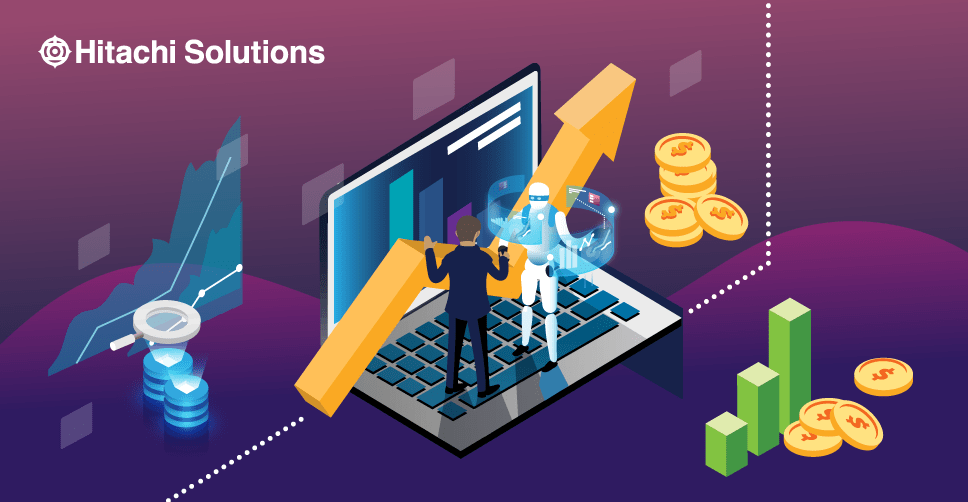Heading 1: Introduction Data is the lifeblood of modern businesses, making it essential to have a reliable backup and disaster recovery plan in place. In recent years, cloud-based backup and disaster recovery solutions have become increasingly popular, providing businesses with a flexible and cost-effective way to protect their data. In this article, we will explore the benefits of cloud-based backup and disaster recovery solutions and how they can help businesses ensure continuity in the face of unexpected events.

Heading 2: What is Cloud-Based Backup and Disaster Recovery? Cloud-based backup and disaster recovery (BDR) solutions are technologies that enable businesses to back up their data and recover it in the event of a disaster, all through the use of cloud services. This type of solution allows businesses to store their data in secure off-site locations, ensuring that it is protected from physical damage, theft, and other risks.
Heading 3: Benefits of Cloud-Based Backup and Disaster Recovery Solutions There are several benefits of using cloud-based backup and disaster recovery solutions for businesses, including:
- Flexibility: Cloud-based BDR solutions offer businesses the flexibility to choose which data to back up and when to back it up, enabling them to customize their backup plan to their specific needs.
- Cost-Effectiveness: Cloud-based BDR solutions eliminate the need for businesses to invest in expensive hardware or infrastructure to back up their data, making it a more cost-effective option.
- Scalability: Cloud-based BDR solutions can easily scale with a business as its data backup needs grow, making it a more flexible and future-proof solution.
- Security: Cloud-based BDR solutions use advanced security measures to protect businesses’ data from potential breaches, theft, and other risks.
Heading 4: Types of Cloud-Based Backup and Disaster Recovery Solutions There are several types of cloud-based backup and disaster recovery solutions available for businesses, including:
- Cloud backup: Cloud backup solutions enable businesses to back up their data to a remote server, which can be accessed and restored in the event of a disaster.
- Cloud disaster recovery: Cloud disaster recovery solutions provide businesses with a failover environment in the cloud, enabling them to quickly recover their data and systems in the event of a disaster.
- Hybrid cloud backup and disaster recovery: Hybrid cloud backup and disaster recovery solutions combine on-premise and cloud-based backup and recovery capabilities, providing businesses with the flexibility to choose which data to back up and where to store it.
Heading 5: Implementing Cloud-Based Backup and Disaster Recovery Solutions Implementing a cloud-based backup and disaster recovery solution requires careful planning and execution. Some best practices for implementing cloud-based BDR solutions include:
- Identifying critical data: Businesses should identify which data is critical to their operations and ensure that it is backed up regularly.
- Testing: Regular testing of backup and recovery processes is essential to ensure that the system is working correctly and that data can be restored in the event of a disaster.
- Security: Cloud-based BDR solutions must be secured using industry-standard security measures to prevent data breaches and other security threats.
- Monitoring: Regular monitoring of the backup and recovery process is essential to ensure that it is working correctly and that any issues are identified and resolved promptly.
Heading 6: The Future of Cloud-Based Backup and Disaster Recovery Solutions The future of cloud-based backup and disaster recovery solutions looks bright, with advancements in technology providing even more capabilities and flexibility. Some of the most exciting developments in cloud-based BDR technology include:
- Artificial Intelligence: Artificial intelligence can be used to automate backup and recovery processes, reducing the risk of human error and making the process more efficient.
- Blockchain: Blockchain technology can be used to enhance the security and integrity of backup and recovery processes, ensuring that data is protected from potential
tampering or unauthorized access.
- Edge Computing: Edge computing can be used to store backup data closer to the source, reducing latency and improving recovery times.
- Disaster Recovery as a Service (DRaaS): DRaaS is a cloud-based service that provides businesses with a failover environment in the cloud, enabling them to quickly recover their data and systems in the event of a disaster.
Heading 7: Conclusion Cloud-based backup and disaster recovery solutions offer businesses a cost-effective and flexible way to protect their data and ensure business continuity in the face of unexpected events. With the advancements in technology, cloud-based BDR solutions are becoming even more capable and secure, providing businesses with peace of mind and the ability to recover quickly from any disaster. It is essential for businesses to implement a cloud-based backup and disaster recovery plan and to regularly test and monitor it to ensure that it is working correctly and providing the necessary protection for their data.

